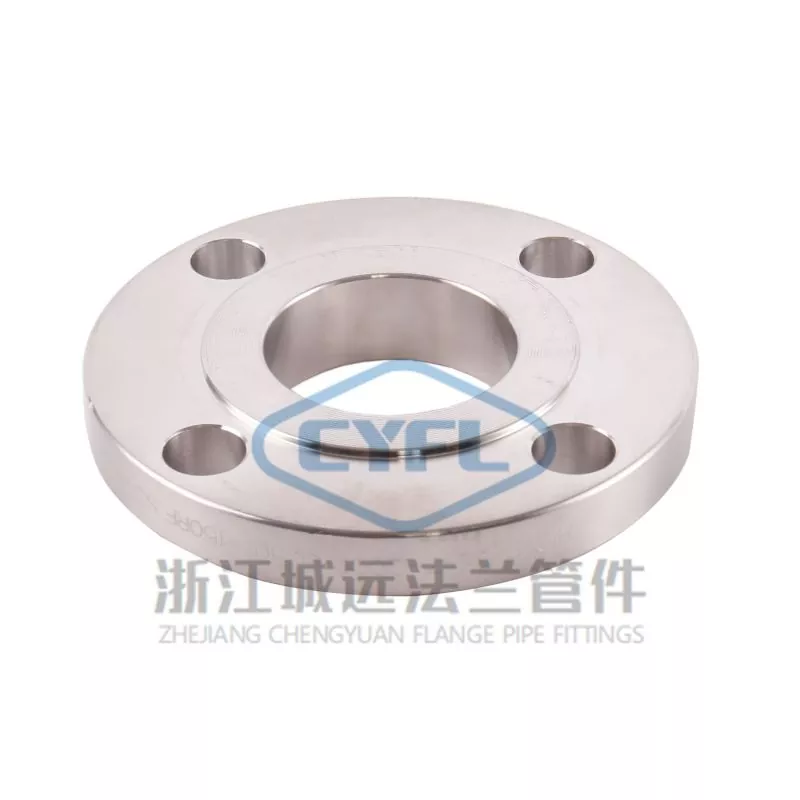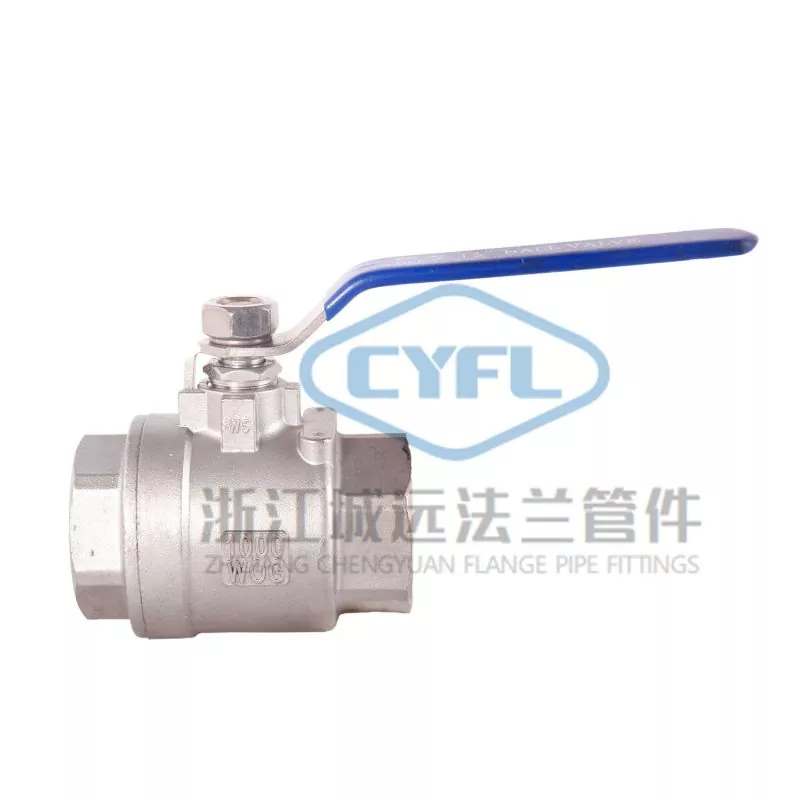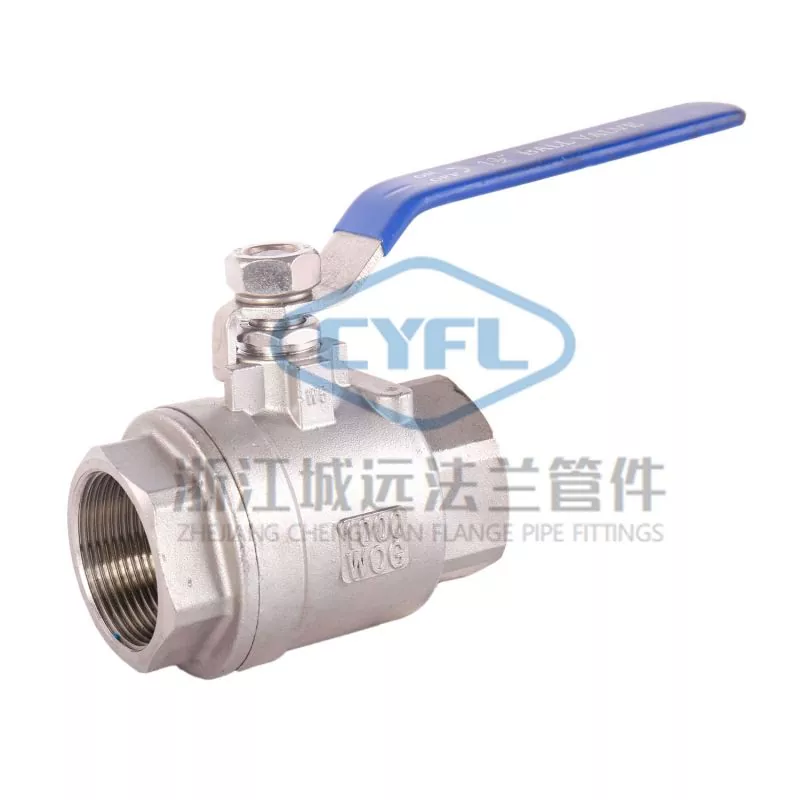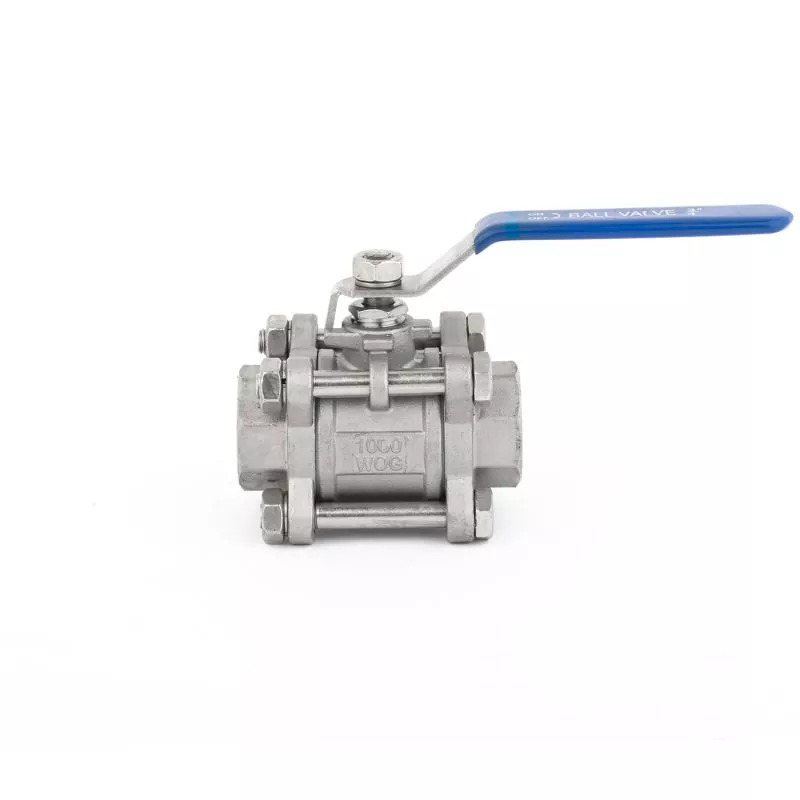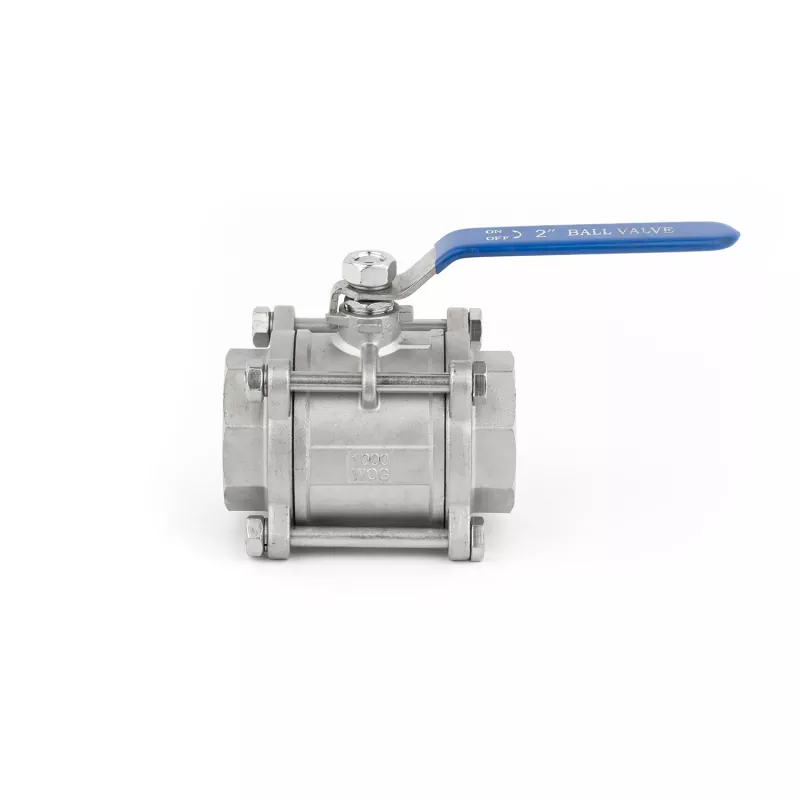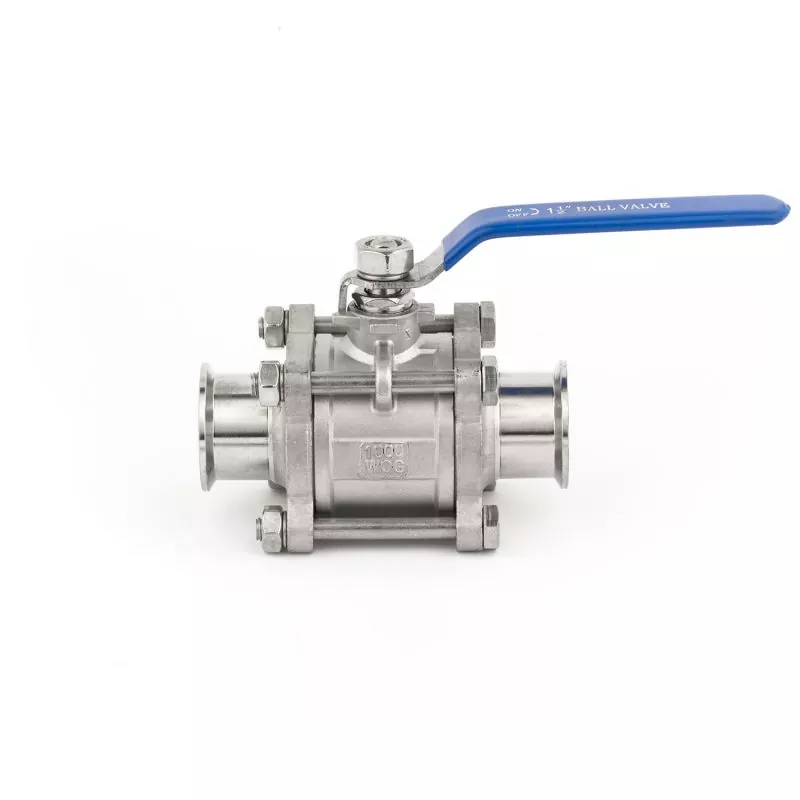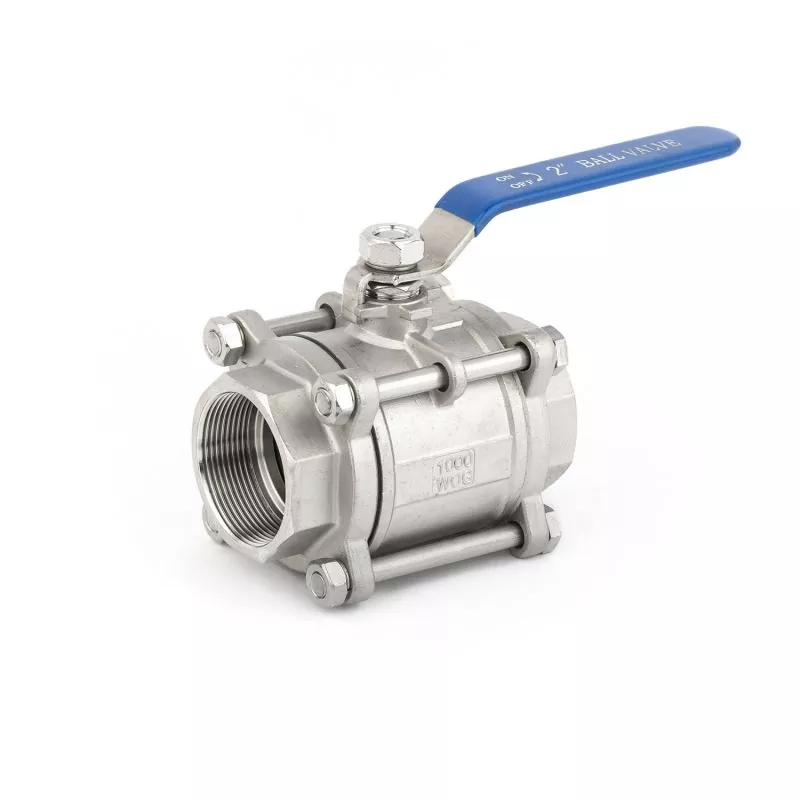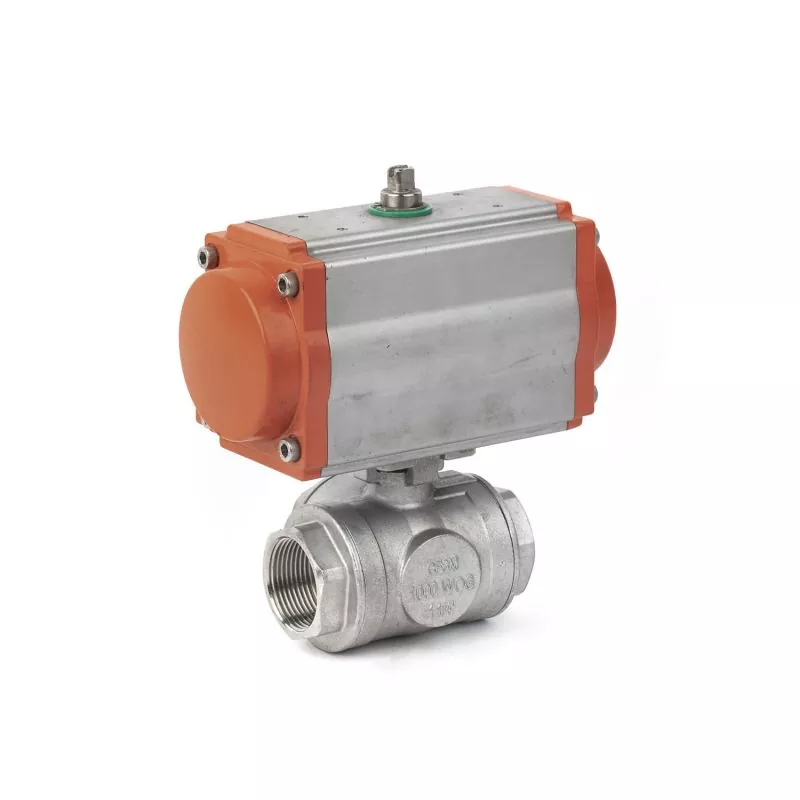- English
- Español
- Português
- русский
- Français
- 日本語
- Deutsch
- tiếng Việt
- Italiano
- Nederlands
- ภาษาไทย
- Polski
- 한국어
- Svenska
- magyar
- Malay
- বাংলা ভাষার
- Dansk
- Suomi
- हिन्दी
- Pilipino
- Türkçe
- Gaeilge
- العربية
- Indonesia
- Norsk
- تمل
- český
- ελληνικά
- український
- Javanese
- فارسی
- தமிழ்
- తెలుగు
- नेपाली
- Burmese
- български
- ລາວ
- Latine
- Қазақша
- Euskal
- Azərbaycan
- Slovenský jazyk
- Македонски
- Lietuvos
- Eesti Keel
- Română
- Slovenski
- मराठी
- Srpski језик
Two Piece Ball Valve
Our website offers the latest news and information on two piece ball valves, providing you with the opportunity to stay informed and expand your knowledge of the market. As the industry is continuously evolving, we highly recommend bookmarking our site to ensure access to the latest news and developments. Our regular updates aim to provide a comprehensive understanding of the changing landscape of the two piece ball valve market.
Send Inquiry
Zhejiang Chengyuan two piece ball valve Introduction
A two-piece ball valve is a type of ball valve that consists of two main components: the ball and the valve body. The internal passage of the ball controls fluid flow by rotating to open or close the valve. Due to its simple structure, high maintainability, good sealing performance, and corrosion resistance, two-piece ball valves are widely used in fluid control applications across various industries including petroleum, chemical, pharmaceutical, food, and beverage.
Zhejiang Chengyuan two piece ball valve Parameter (Specification)
|
Material |
Forged Brass ( CW617N, CW614 ,CW602N,ASTM C37700) |
|
Surface |
Natural brass/ chrome plated |
|
Size |
1/4" to 4" |
|
Testing pressure |
100% tested with 0.6MPa - 0.8MPa by air |
|
Connection |
Female thread x Female thread ,FXM,MXM |
|
Valve guarantee |
3 Years |
Zhejiang Chengyuan two piece ball valve Feature And Application
Features:
- Simple structure, easy maintenance and repair
- Excellent sealing performance, low leakage rate
- Quick and easy operation with 90-degree rotation
- Corrosion-resistant materials suitable for various fluids and environments
- Applicable for both on/off and throttling control
Applications:
- Petroleum industry: oil and gas pipelines
- Chemical industry: chemical processing and transport
- Pharmaceutical industry: drug processing and transport
- Food and beverage industry: food processing and transport
- Water treatment industry: water and wastewater treatment and transport
- HVAC industry: heating, ventilation, and air conditioning systems
- Marine and shipbuilding industry: ship pipelines and offshore engineering.
Installation and Use:
When installing an electric ball valve, it is important to consider the environment in which it will be used. Electric ball valves are suitable for indoor and outdoor applications, but when used outdoors, they may be exposed to various weather conditions, such as wind, sand, rain, dew, and sunlight. They are also suitable for use in environments with flammable or explosive gases or dust, in humid or dry tropical environments, and in environments that may be flooded or submerged in water. However, they are not suitable for use in environments with pipeline medium temperatures above 450℃ or ambient temperatures below -20℃, or in environments with radioactive materials.
The electric device of the electric ball valve is designed to operate in different environments with different structures, materials, and protection levels. Therefore, it is important to select the appropriate electric device for the specific environment in which it will be used. The purpose of using an electric ball valve is to control the valve's opening, closing, and adjustment functions through non-artificial electrical control or computer control. The quality and function of electric devices from different manufacturers may vary, so selecting the appropriate electric device is just as important as selecting the appropriate valve.
As industrial automation levels continue to improve, the application of electric valves is becoming more common, and the control requirements for electric valves are becoming more complex. Therefore, the design of electric valves for electrical control is constantly being updated. When controlling electric valves, it is important to consider the appropriate control mode, such as centralized control, single control, linkage with other equipment, sequence control, or computer sequence control, depending on the needs of the project. The manufacturer's standard electrical control principle may not always be suitable for the specific application, so it is important to consult with the electric device manufacturer to ensure that the technical requirements are met.
Zhejiang Chengyuan two piece ball valve Details

Zhejiang Chengyuan two piece ball valve PROCESS flow






